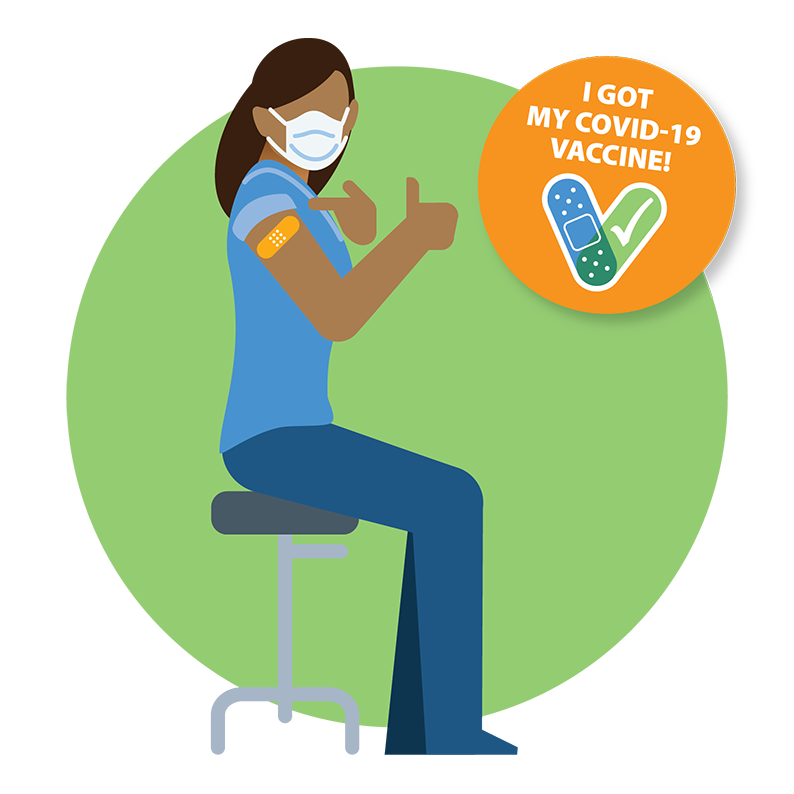Comparing COVID-19 vaccines
March 29, 2021
There are three vaccines approved for FDA emergency use authorization: Johnson & Johnson, Pfizer and Moderna. Each vaccine has pros and cons, such as different percentages of effectiveness and number of doses required.
Johnson & Johnson’s Janssen COVID-19 vaccine is the only vaccine that requires one shot and is recommended for people ages 18 and older. People tend to question this specific vaccine’s effectiveness because of only needing a single dosage.
Carter Huff, a third-year aviation management major at Kent State, said, “I would feel more comfortable having more than one dose.”
According to the CDC, “The J&J/Janssen vaccine was 66.3% effective in clinical trials (efficacy) at preventing laboratory-confirmed COVID-19 illness. … People had the most protection 2 weeks after getting vaccinated.”
The Moderna vaccine is another COVID-19 vaccine that requires two shots 28 days apart. Just like the Johnson & Johnson’s Janssen COVID-19 vaccine, it is recommended for people ages 18 and older.
According to the CDC, “The Moderna vaccine was 94.1% effective at preventing laboratory-confirmed COVID-19 illness in people who received two doses who had no evidence of being previously infected.”
Huff said he would prefer the Moderna vaccine because “since there are multiple doses I feel like it would be more effective.”
Another COVID-19 vaccine is the Pfizer-BioNTech. This vaccine requires two shots, but the doses are 21 days apart compared to the 28 days the Moderna requires. It is known to have the highest rate for effectiveness and is recommended for people ages 16 and older.
According to the CDC, “The Pfizer-BioNTech vaccine was 95% effective at preventing laboratory-confirmed COVID-19 illness in people without evidence of previous infection.”
Macey Guerra, a third-year neuroscience major at Kent State, said, “I would prefer the Pfizer vaccine because it has the highest efficacy, even though it requires getting two shots.”
All of the vaccines come with the same possible side effects, which include pain, redness and swelling in your arm from the shot and tiredness, headache, muscle pain, chills, fever and nausea throughout the rest of your body.
According to the CDC, “These side effects usually start within a day or two of getting the vaccine. Side effects might affect your ability to do daily activities, but they should go away in a few days.”
The side effects to the people in the clinical trial were mild to moderate, only having a small number of people suffer from severe side effects.
Regardless of vaccine preference, the CDC recommends eligible adults get vaccinated against COVID-19 to help reduce spread of the disease in communities. Beginning March 29, all Ohioans 16 and up are eligible for the COVID-19 vaccine.
Olivia Perry is an on-campus reporter. Contact her at [email protected].












